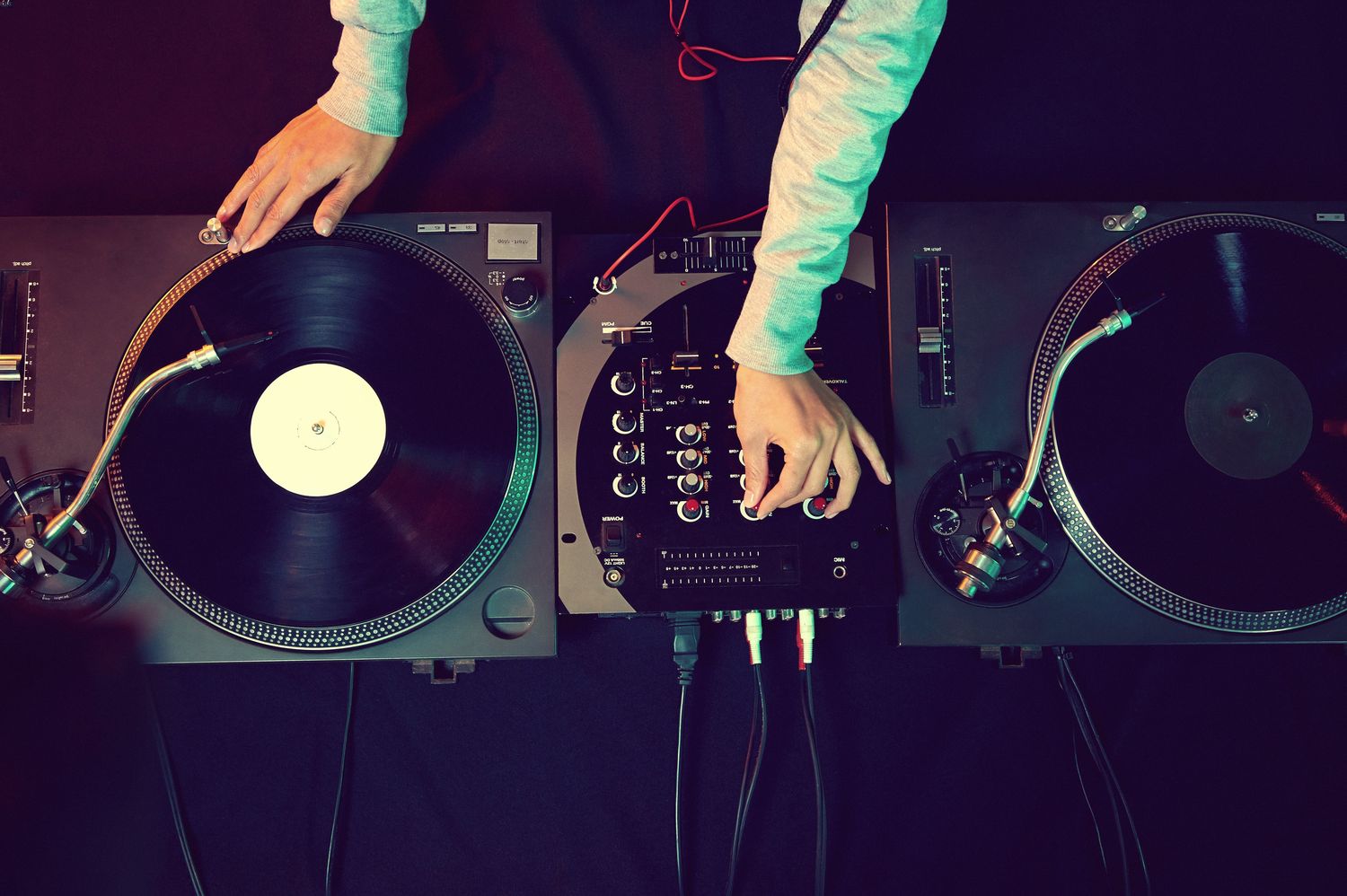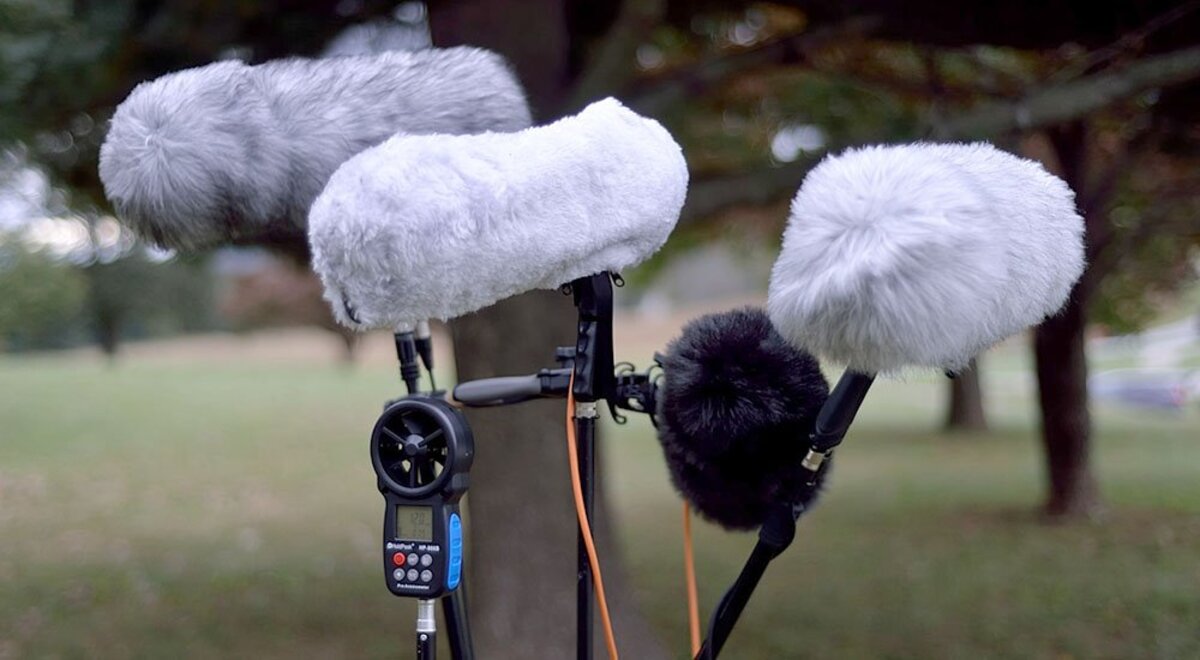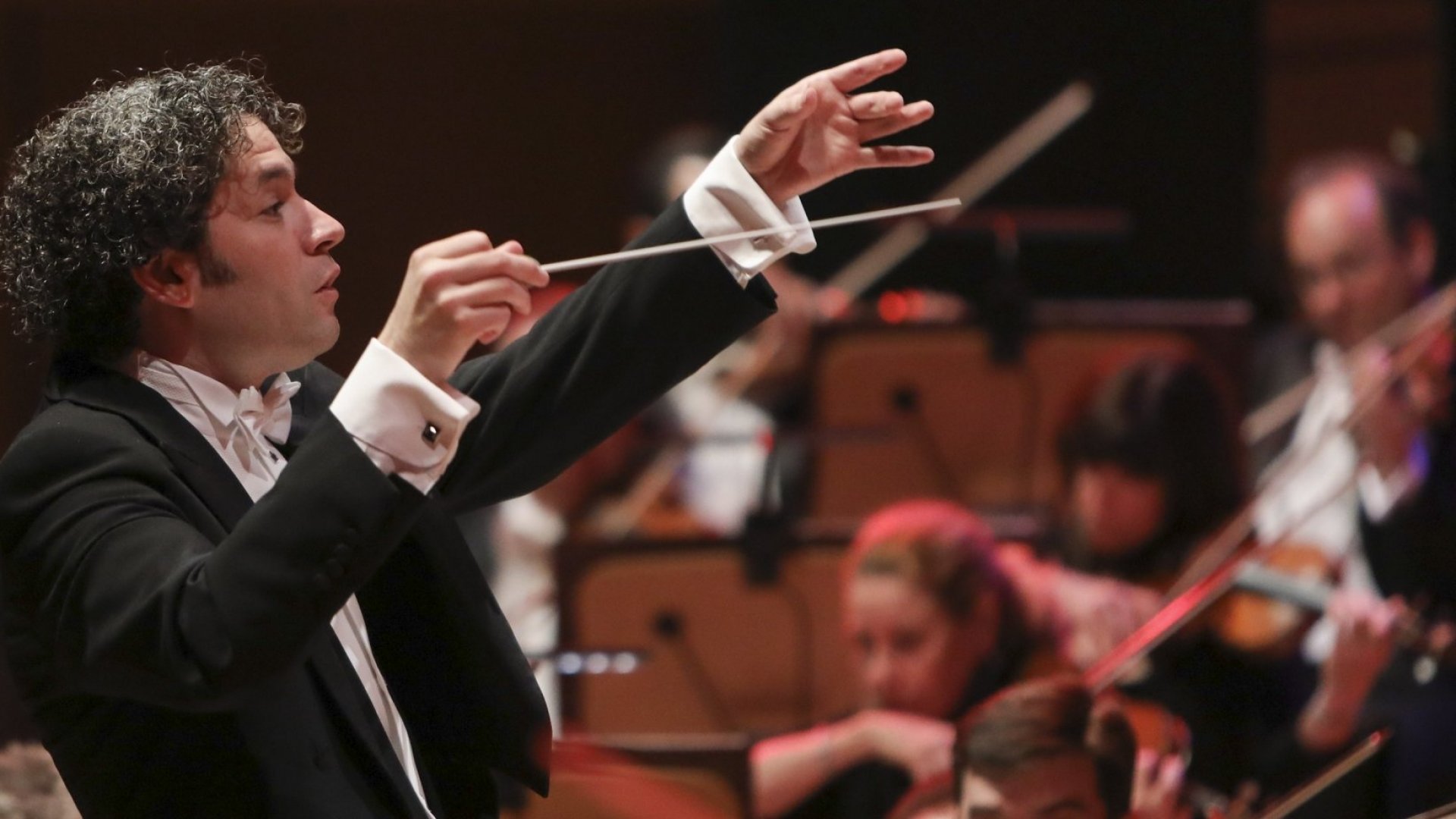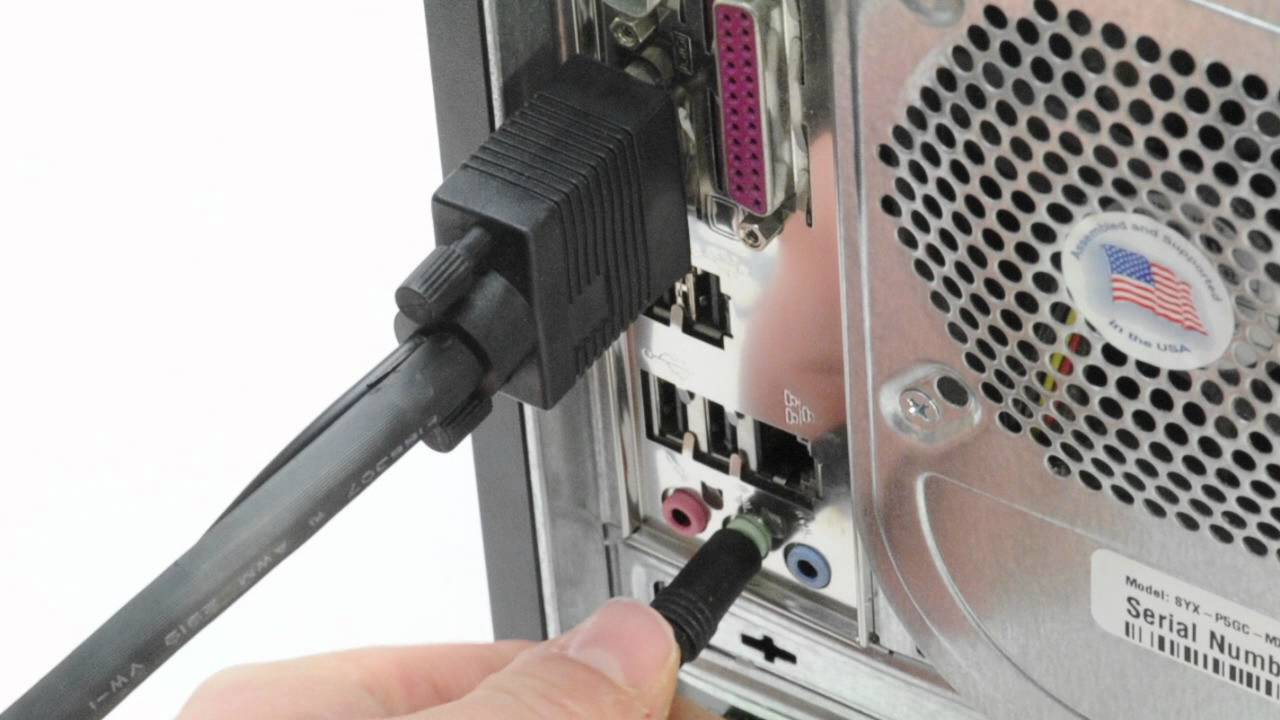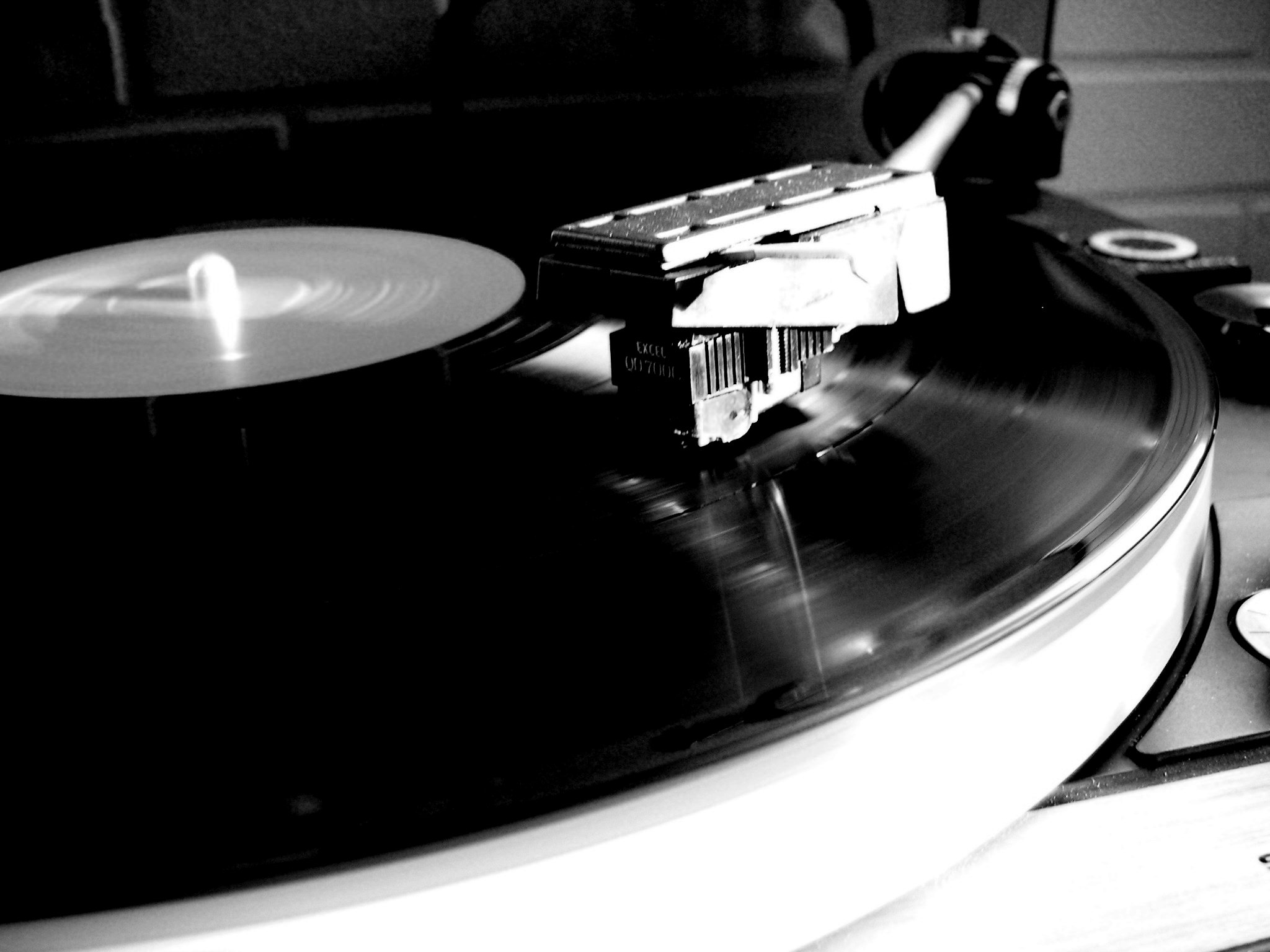Home>Production & Technology>MIDI>What Does A MIDI Cable Do?
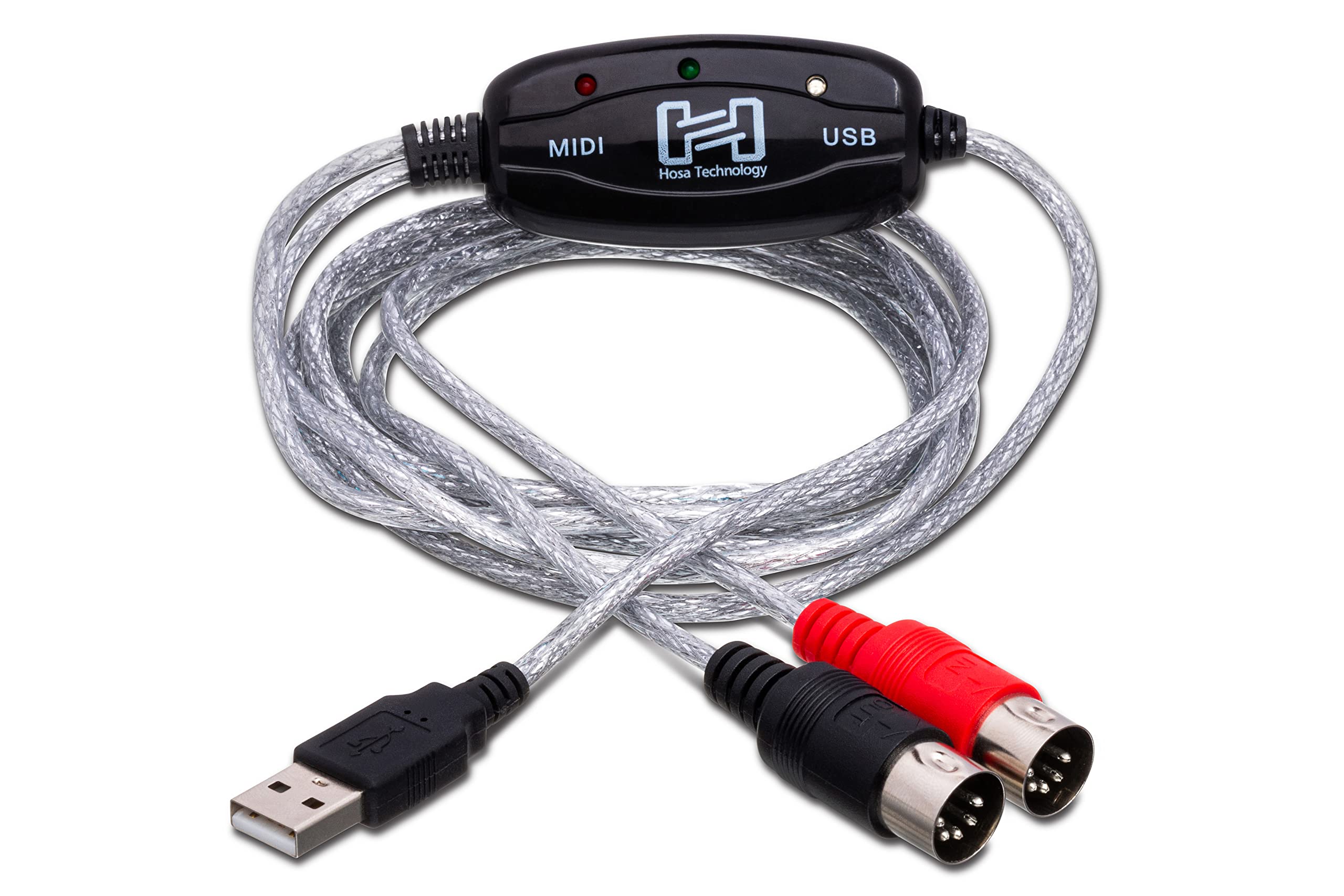

MIDI
What Does A MIDI Cable Do?
Modified: February 22, 2024
Discover the purpose and functionality of MIDI cables in electronic music production. Learn how MIDI cables facilitate communication between musical instruments and devices. Explore the uses and benefits of MIDI cables.
(Many of the links in this article redirect to a specific reviewed product. Your purchase of these products through affiliate links helps to generate commission for AudioLover.com, at no extra cost. Learn more)
Table of Contents
Introduction
MIDI, which stands for Musical Instrument Digital Interface, has revolutionized the way music is created, recorded, and performed. At the heart of MIDI technology lies the humble yet indispensable MIDI cable. This unassuming cable plays a crucial role in connecting electronic musical instruments, computers, and other MIDI-compatible devices, enabling seamless communication and control over a wide range of musical parameters.
The MIDI cable serves as the conduit through which musical data flows, allowing musicians, producers, and enthusiasts to harness the power of technology to create and manipulate sounds in ways previously unimaginable. Understanding the function and significance of MIDI cables is essential for anyone delving into the world of electronic music production and performance.
In this article, we will delve into the intricacies of MIDI cables, exploring their purpose, functionality, types, and applications. By gaining a comprehensive understanding of MIDI cables, readers will be better equipped to leverage their potential in various musical contexts, from home studios to live performances and beyond. So, let's embark on a journey to unravel the mysteries of MIDI cables and uncover the magic they bring to the world of music.
What is a MIDI Cable?
A MIDI cable is a specialized type of cable used to transmit musical data between electronic instruments, computers, and other MIDI-compatible devices. Unlike traditional audio cables, which carry sound signals, MIDI cables transmit digital information that represents musical notes, control commands, and other performance data.
MIDI cables are an essential component of the Musical Instrument Digital Interface (MIDI) standard, which was developed in the early 1980s to facilitate communication between electronic musical instruments and computers. The MIDI standard revolutionized the music industry by enabling seamless integration between different types of musical equipment, paving the way for new creative possibilities in music production and performance.
Physically, MIDI cables typically feature a round, multi-pin connector at each end, with the most common type being the 5-pin DIN connector. These connectors ensure a secure and reliable connection between MIDI-compatible devices, allowing for the transfer of MIDI data with minimal latency and signal loss.
It's important to note that MIDI cables do not transmit audio signals; instead, they carry digital information in the form of MIDI messages. These messages can include note-on and note-off commands, velocity data, pitch bend information, control changes, and more. By transmitting this data, MIDI cables enable electronic instruments to communicate with each other and with external devices such as computers and MIDI controllers.
In essence, MIDI cables serve as the digital highways through which musical information travels, enabling musicians, producers, and performers to control and manipulate a wide array of musical parameters in real time. Whether used in a home studio setup or on stage during a live performance, MIDI cables play a fundamental role in shaping the way modern music is created and presented.
Understanding the function and capabilities of MIDI cables is essential for anyone working with electronic musical instruments and MIDI technology. By grasping the role of MIDI cables in facilitating communication between musical devices, individuals can harness the full potential of MIDI technology to express their musical ideas and bring their creative visions to life.
How Does a MIDI Cable Work?
MIDI cables operate by transmitting digital data in the form of MIDI messages between electronic musical instruments, computers, and other MIDI-compatible devices. Unlike traditional audio cables that carry analog sound signals, MIDI cables facilitate the exchange of musical information in a digital format, enabling precise control and communication between interconnected devices.
When a musician plays a note on a MIDI-compatible instrument, such as a keyboard or electronic drum pad, the device generates a MIDI message that includes data about the note being played, its duration, velocity, and other relevant parameters. This MIDI message is then transmitted through the MIDI cable to another MIDI-compatible device, such as a synthesizer, sound module, or computer.
The MIDI cable carries the digital information in the form of electrical signals, which are interpreted by the receiving device to trigger the corresponding musical events. For example, when a MIDI note-on message is received, the receiving device produces the corresponding sound, taking into account factors such as pitch, velocity, and any additional control data included in the MIDI message.
In addition to note-related information, MIDI cables can transmit a wide range of control commands and performance data, such as pitch bend, modulation, sustain pedal signals, and program change messages. This versatility allows musicians and producers to exert precise control over various aspects of musical performance and sound manipulation.
The MIDI standard also supports bi-directional communication, enabling devices to both send and receive MIDI messages simultaneously. This bidirectional capability is essential for tasks such as synchronizing the tempo of multiple devices, exchanging performance data in real time, and controlling parameters across interconnected instruments and equipment.
By facilitating the seamless exchange of digital musical data, MIDI cables empower musicians and producers to create intricate compositions, perform expressive musical gestures, and integrate diverse electronic instruments and devices into cohesive musical setups. The reliability and flexibility of MIDI cables have made them indispensable tools in the realm of electronic music production, performance, and recording.
In essence, MIDI cables serve as the digital conduits through which musical creativity flows, enabling artists to craft intricate sonic landscapes, manipulate sound in real time, and push the boundaries of musical expression. Understanding the inner workings of MIDI cables provides insight into the remarkable capabilities of MIDI technology, empowering individuals to harness its potential for artistic innovation and sonic exploration.
Types of MIDI Cables
MIDI cables come in various types, each designed to cater to specific connectivity needs and preferences within the realm of electronic music production and performance. Understanding the different types of MIDI cables is crucial for selecting the appropriate connections and ensuring seamless communication between MIDI-compatible devices. Here are the primary types of MIDI cables:
-
5-Pin DIN MIDI Cables: The 5-pin DIN MIDI cable is the most widely recognized and utilized type of MIDI cable. It features a round connector with five pins, arranged in a semi-circular pattern. This classic MIDI cable design has been a staple in the music industry for decades, offering reliable connectivity for a wide range of MIDI-compatible instruments, synthesizers, controllers, and other equipment.
-
MIDI-to-USB Cables: With the advancement of technology, MIDI-to-USB cables have become increasingly popular. These cables feature a standard MIDI connector on one end and a USB connector on the other, allowing direct connection to computers, laptops, tablets, and other USB-enabled devices. MIDI-to-USB cables provide a convenient solution for integrating MIDI instruments with digital audio workstations (DAWs) and software-based music production setups.
-
MIDI Patch Cables: In modular synthesizer setups and other electronic music environments, MIDI patch cables are used to establish connections between MIDI-compatible devices, such as synthesizer modules, sequencers, and drum machines. These cables typically feature 3.5mm or 1/8-inch connectors, commonly found in Eurorack and other modular synthesizer formats, and enable flexible routing and signal flow within complex electronic music systems.
-
MIDI Extension Cables: When longer cable runs are required to connect MIDI devices that are positioned at a distance from each other, MIDI extension cables come into play. These cables feature standard MIDI connectors on both ends and provide extended reach for connecting instruments, controllers, and other MIDI gear across larger studio spaces, stages, or performance venues.
-
Wireless MIDI Adapters: As wireless technology continues to evolve, wireless MIDI adapters offer a cable-free solution for transmitting MIDI data between compatible devices. These adapters utilize wireless protocols, such as Bluetooth or Wi-Fi, to establish MIDI communication, providing flexibility and mobility for musicians and performers in various musical settings.
Understanding the diverse range of MIDI cable options empowers musicians, producers, and enthusiasts to make informed decisions when setting up their musical environments. By selecting the appropriate MIDI cables for their specific needs, individuals can establish reliable connections, integrate diverse instruments and equipment, and unleash the full potential of MIDI technology in their creative pursuits.
Uses of MIDI Cables
MIDI cables serve a myriad of crucial functions in the realm of music production, performance, and recording, enabling seamless communication and control between electronic instruments, computers, and other MIDI-compatible devices. Understanding the diverse applications of MIDI cables provides insight into their indispensable role in shaping the landscape of modern music creation and presentation.
-
Instrument Connectivity: MIDI cables facilitate the connection of electronic musical instruments, such as keyboards, synthesizers, drum machines, and electronic wind controllers, allowing these devices to communicate and synchronize in real time. By linking multiple instruments via MIDI cables, musicians can create intricate arrangements, trigger synchronized playback, and control various parameters across their musical setups.
-
Studio Integration: In recording studios, MIDI cables enable the integration of MIDI-compatible equipment with digital audio workstations (DAWs) and software-based music production systems. This integration allows for the seamless exchange of musical data, synchronization of tempo and playback, and precise control over virtual instruments and software synthesizers, enhancing the creative possibilities for music producers and engineers.
-
Live Performance: MIDI cables play a vital role in live performances, enabling musicians to control and trigger electronic instruments, lighting systems, visual displays, and other performance elements in real time. By using MIDI cables to connect instruments and controllers to a central MIDI hub or interface, performers can execute complex musical arrangements, synchronize audiovisual elements, and deliver captivating live experiences to audiences.
-
Sound Design and Manipulation: Within the realm of sound design and electronic music production, MIDI cables facilitate the manipulation of sound parameters, control of synthesizer parameters, and modulation of audio effects. By utilizing MIDI cables to connect controllers, sequencers, and modular synthesizer modules, sound designers and electronic musicians can craft evolving sonic textures, shape complex soundscapes, and explore the boundaries of musical expression.
-
MIDI Controller Connectivity: MIDI cables enable the connection of MIDI controllers, such as keyboards, pad controllers, and electronic drums, to external sound modules, software instruments, and hardware synthesizers. This connectivity allows performers and producers to exert precise control over instrument sounds, trigger sample playback, and unleash expressive performances through the seamless transmission of MIDI data.
-
Integration of Lighting and Visual Systems: Beyond musical applications, MIDI cables are instrumental in integrating lighting systems, visual displays, and multimedia elements into live performances and artistic installations. By using MIDI cables to connect lighting controllers and visual software to MIDI-compatible devices, artists and stage designers can synchronize visual effects, trigger lighting cues, and create immersive sensory experiences for audiences.
In essence, MIDI cables serve as the linchpin that connects, controls, and empowers the diverse elements of modern music creation and presentation. Their versatility and reliability make them indispensable tools for musicians, producers, and performers seeking to push the boundaries of creativity and innovation in the ever-evolving landscape of electronic music.
Understanding the multifaceted uses of MIDI cables underscores their enduring significance in shaping the way music is conceived, produced, and experienced, solidifying their status as foundational components of the contemporary musical paradigm.
Conclusion
In conclusion, MIDI cables stand as the unsung heroes of modern music technology, serving as the vital conduits through which musical creativity flows and technological innovation thrives. From their humble 5-pin DIN connectors to the cutting-edge realm of wireless MIDI adapters, these unassuming cables play a pivotal role in shaping the landscape of electronic music production, performance, and recording.
The journey through the intricacies of MIDI cables has unveiled their remarkable significance in connecting electronic instruments, enabling precise control over musical parameters, and fostering seamless communication between diverse musical devices. Whether in the studio, on stage, or within the boundless realm of sound design, MIDI cables serve as the backbone of electronic music, empowering musicians, producers, and enthusiasts to craft immersive sonic experiences and push the boundaries of musical expression.
As technology continues to evolve, MIDI cables remain steadfast in their mission to facilitate the exchange of musical data, synchronize diverse musical elements, and integrate the ever-expanding array of MIDI-compatible devices. Their adaptability and reliability make them indispensable tools for realizing artistic visions, whether in the form of intricate studio compositions, captivating live performances, or boundary-pushing sonic explorations.
By understanding the diverse applications, types, and inner workings of MIDI cables, individuals embarking on their musical journeys can harness the full potential of MIDI technology, unlocking new realms of creativity and expression. From instrument connectivity to studio integration, live performance, sound design, and beyond, MIDI cables serve as the unifying force that binds together the diverse facets of modern music creation and presentation.
In essence, MIDI cables embody the spirit of innovation and collaboration, bridging the gap between musical instruments, technology, and artistic inspiration. Their enduring legacy continues to shape the evolution of music, empowering creators to forge new sonic frontiers and captivate audiences with immersive, boundary-defying musical experiences.
As we bid farewell to this exploration of MIDI cables, let us carry forth a newfound appreciation for these unassuming yet indispensable tools, recognizing their pivotal role in shaping the sonic landscapes of today and the boundless musical horizons of tomorrow.



